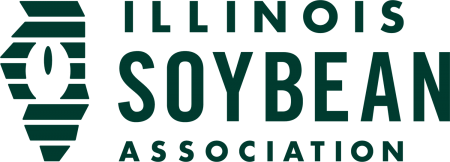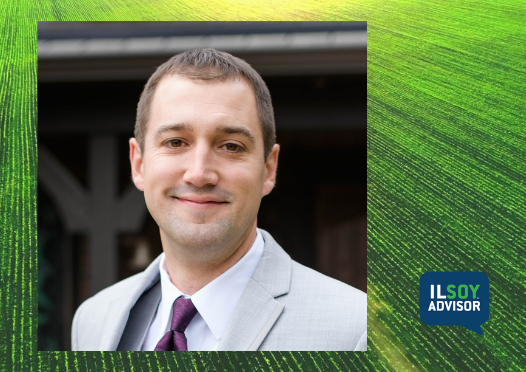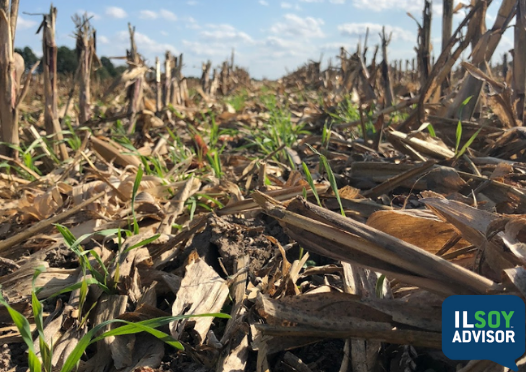ILSOYADVISOR POST
SHOWCASE FARMER: Kyle Winkelmann
The farmer. Kyle Winkelmann and his wife, ISA director Carrie Winkelmann, produce corn and soybeans on a 2,000 acre family farm near Talulla, Ill.
Environmental challenge. Winkelmann’s farm is located in and around the Sangamon River Watershed.
Best Management Practices. Winkelmann is a strong advocate for cover crops and he has been using them in on-farm research trials for more than ten years. In that time he’s grown from trials in a garden to planting nearly 500 acres of cover crops in 2015. “Using cover crops to sequester nutrients and improve soil health allows me to apply less nutrients and still promote a high-yield environment,” he says.
Winkelmann adds that he has seen the positive effects of cover crops, but these aren’t limited to yield. “One year I saw a nine bushel increase in my soybean yield, which was outstanding,” he says. “Other years I haven’t seen a significant increase, but I have noticed that I see less weed pressure in areas I’ve planted with cover crops. Sometimes soil health profits are harder to see than a yield increase, but they are there.”
The soil health improvements of cover crops led the Winkelmanns to trying other practices on their farm. Last year was their first season farming 100% no-till. They’re also changing the way they apply nutrients. “You can be a better steward of your nutrients by preventing them from running off into the environment, and that’s better for everyone,” he explains. Winkelmann monitors the plants for nutrient use, and then tests the soil and the water coming out of the drain tile for nitrates and soluble phosphorus to better understand where nutrients are going, how they’re being used and when to apply them.
He adds that he’s applying more of his nutrients during the growing season, rather than before, and he’s using site-specific GPS equipment to put the nutrients in the right spot. “These changes allow me to use less nutrients and still produce high-yielding beans, all the while improving water quality and my nearby environment as a whole.”
Sustainable start. Winkelmann suggests farmers start small when adding new practices to their operation, and stick with them for multiple years before evaluating results and planning next steps. “Cover crops, no-till and these different practices improve soil health, but to do that they need to change the biological activity of the soil and that takes time.”
It’s also important to keep an open mind and remember that yield is not the only benefit of improved soil health. Winkelmann’s first year of soybeans after cover crops produced his biggest yield increase, and he says he hasn’t seen such a large increase since. However, he has seen healthier crops and less weed pressure, and he doesn’t apply as many nutrients as he once did.
“At the end of the day, I want to be the best steward of my resources that I possibly can. That helps my crops, my land and the environment around me.”





Comments
Add new comment